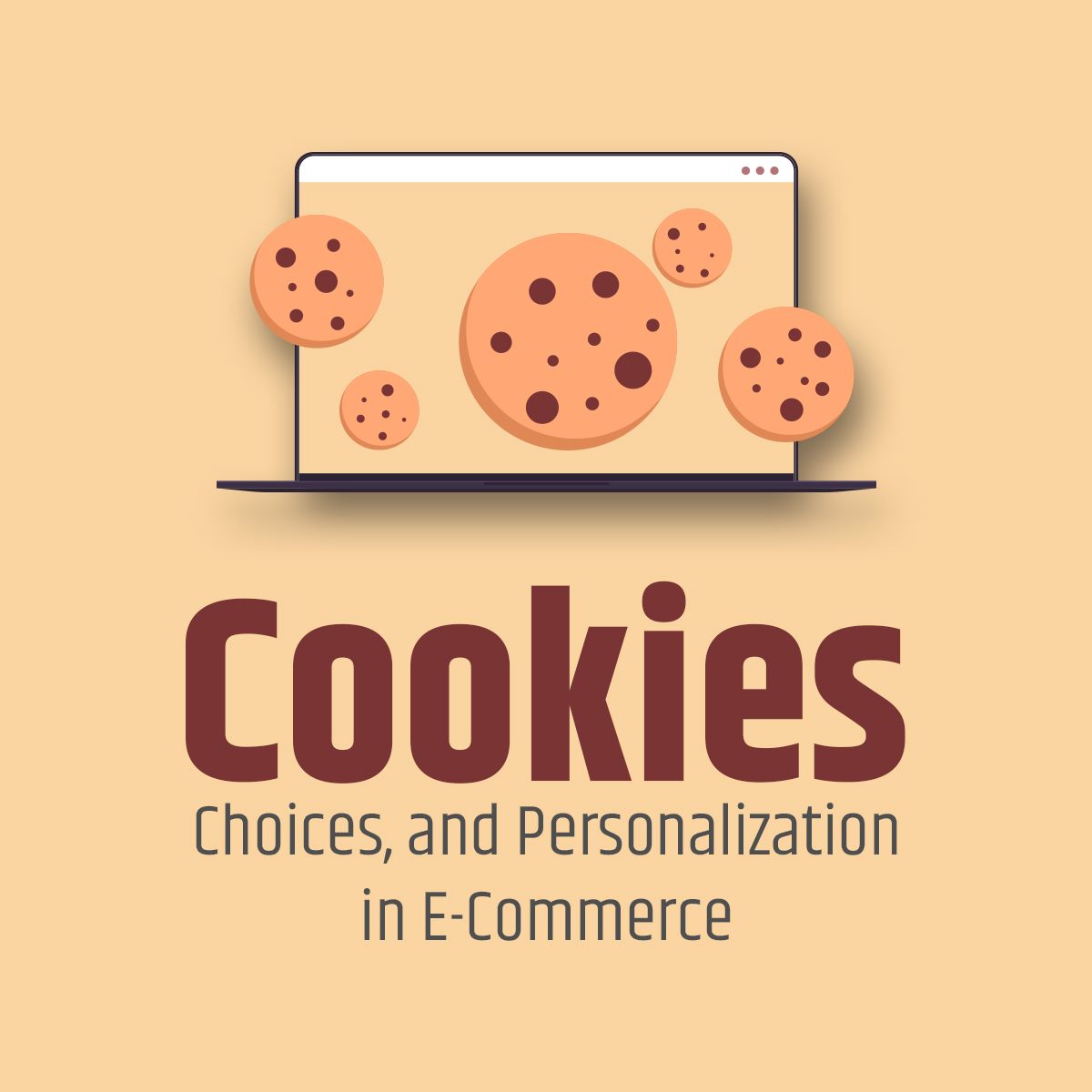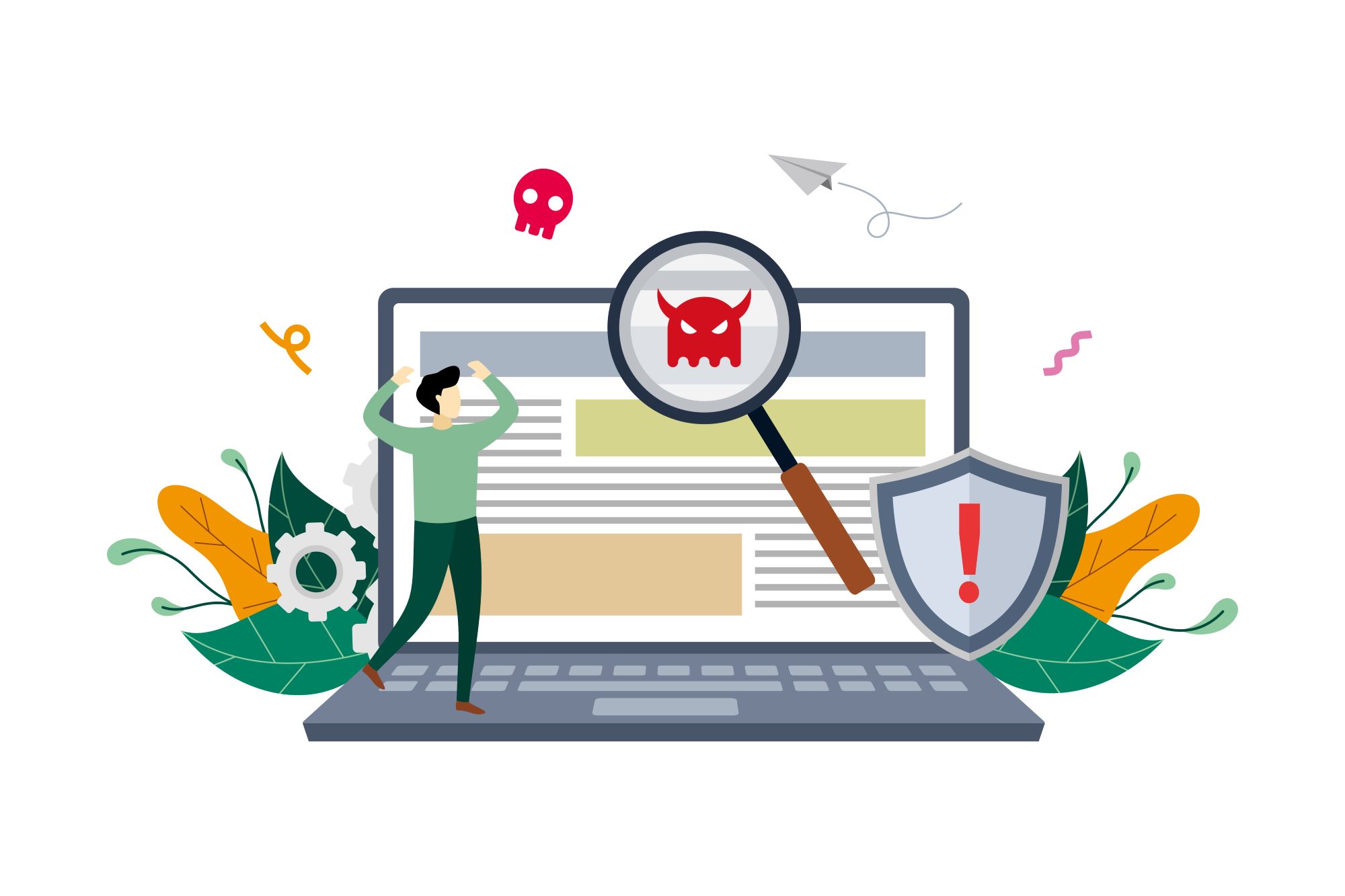Nowadays, when you arrive on most websites, you’re greeted with a pop up prompt asking for permission to allow cookies. A research study done by YouGov in 2021 found that of the 1000 people surveyed, 34% admitted to not knowing what cookies are whilst over 50% admitted that their knowledge was somewhat good considering the subject. The same study also found that 55% of the people were uncomfortable with sharing their personal data even if it was for a better browsing experience. 62% of the 55% were respondents between the ages of 18-29. Although a grand number of people do not approve of cookies we believe that cookies and website personalization are here to stay.
What are Cookies?
Cookies are small text files saved in a web user’s browser directory or data folder. Websites use cookies on your browser to retain login credentials, identify customers and provide a customised browsing experience. Some uses of cookies include saving shopping carts and wish lists, customised product recommendations, storing customer’s address and billing information.
There are two types of cookies: Session Cookies and Persistent Cookies. As their name implies session cookies only retain your information while you have the website open in your browser, while persistent cookies remember users for their designated lifespan or until cookies are manually deleted.
Functionality
Cookies serve three very important functions, first they improve the on-site experience by recognizing their users and their preferences. Secondly they personalise the advertisements to the user’s browsing history. Lastly, they boost sales by tracking previously viewed items, shopping preferences, engagement and behaviour on the site. Ultimately cookies improve the website’s usability and help with the administration of the website. Due to misconceptions around cookies, I believe websites should strive to better inform users as to what aim their data will be used for.
In sales we learn that it is important to tailor solutions to client needs, so why would selling and converting leads over the internet be any different? Providing more choices to the consumer or an illusion of choice not only allows you to better understand your industry, but can also help you direct your consumers to checkout.
Presentation of Choices
Although choices and options are important to any ecommerce website, you don’t want to overwhelm or confuse the customer with too many choices. That is why experts recommend that you shouldn’t provide more than five choices at a time. You want to present the preferred choice in the centre because the customers eyes will be drawn toward the centre and even as they scan the adjacent options, their eyes will repeatedly have to cross over the central choices. It has also been proven that the more you look at an option, the more you like it and the more you like an option, the more you look at it creating a positive feedback loop. When viewing options individually the first choice impacts long term memory and the last choice impacts working memory. By using the compromise effect and the attraction effect you can help them form an opinion. The compromise effect applies when you pose two extreme choices with a balanced choice in between, this makes the customer feel justified in picking the balanced choice: especially useful with the pricing attribute. The attraction effect works when you pose a decoy option/ dominated choice to make the other choices look more desirable. It is also recommended that you isolate guilty pleasure purchases by presenting these options as standalone categories and not with rational choices as that can alleviate the guilt and make customers more likely to indulge.
When website developers are creating their website, they should map the possible paths customers can take to the checkout so that the outcome imagined by the customer is met adequately by the outcome presented on your website. There are two types of users, instrumental and experiential. Instrumental users only browse your website to obtain what they are seeking and will spend less time on your website compared to experiential users. Experiential users enjoy the browsing experience and can be akin to window shoppers. To promote experiential browsing you want your customers to feel as though their choices carry some weight and are a vote of self-expression. For clothing websites, you can create a Wishlist system where people can compare their choices and rank them. Like how you try on different clothing in the fitting room. Even if customers are not ready to buy, the “which to choose” mindset will dominate, and they will skip the “which to buy stage”. Another way to improve and personalise the sales process is to nudge the customer with a notification of a sale of similar products or pop-up coupon if the user is waiting on a product.
Cookies, options and website personalization are the future of the website development industry because more choices for users means more modes of expression. Through the collection of expression data, web developers can improve their services and convert more leads.
About GlobeSign
Choosing the right e-commerce company is extremely important, but it’s not easy. GlobeSign offers several e-commerce services that are not only affordable but are also customised based on our client’s specific business needs. Clients in Canada, the US, and Globally prefer to work with GlobeSign for their e-Commerce websites for many reasons including:
- We not only create their e-Commerce websites, but we also provide our expertise in other important areas that are a must for optimising conversion.
- We suggest the best options based on our client’s specific needs and complexity such as number of pages, dynamicity, number of products, number of blogs, the potential for scalability, multiple languages, etc.









Leave a Reply
You must be logged in to post a comment.